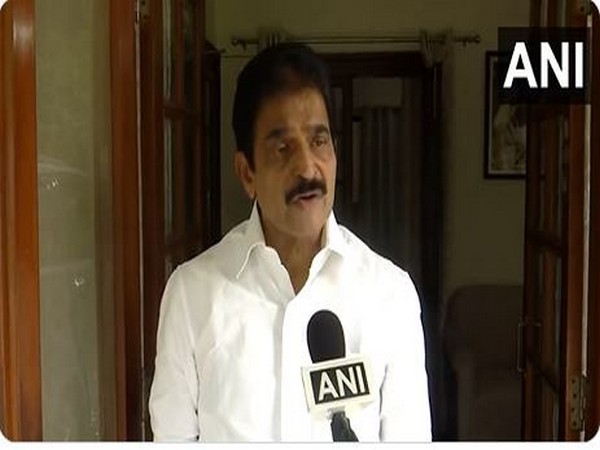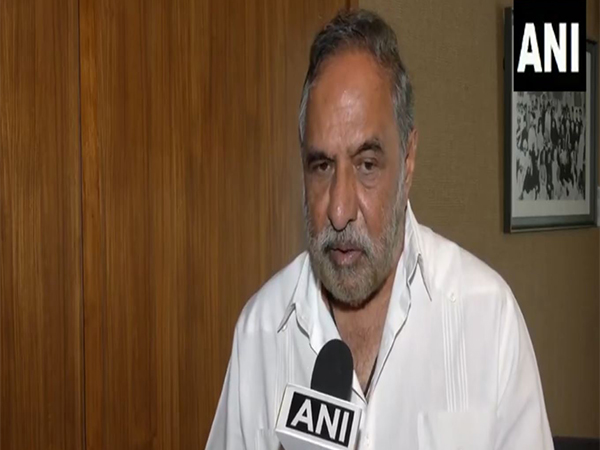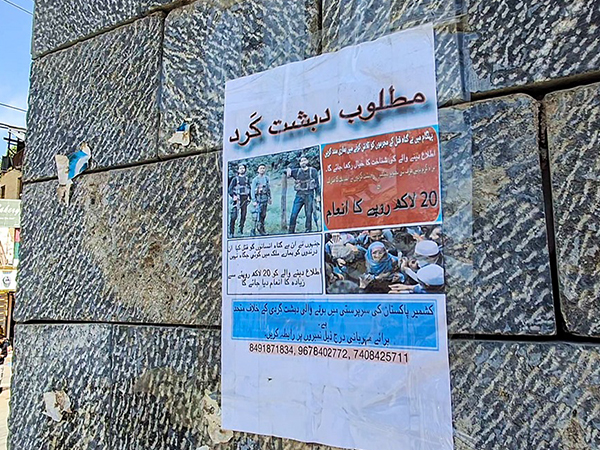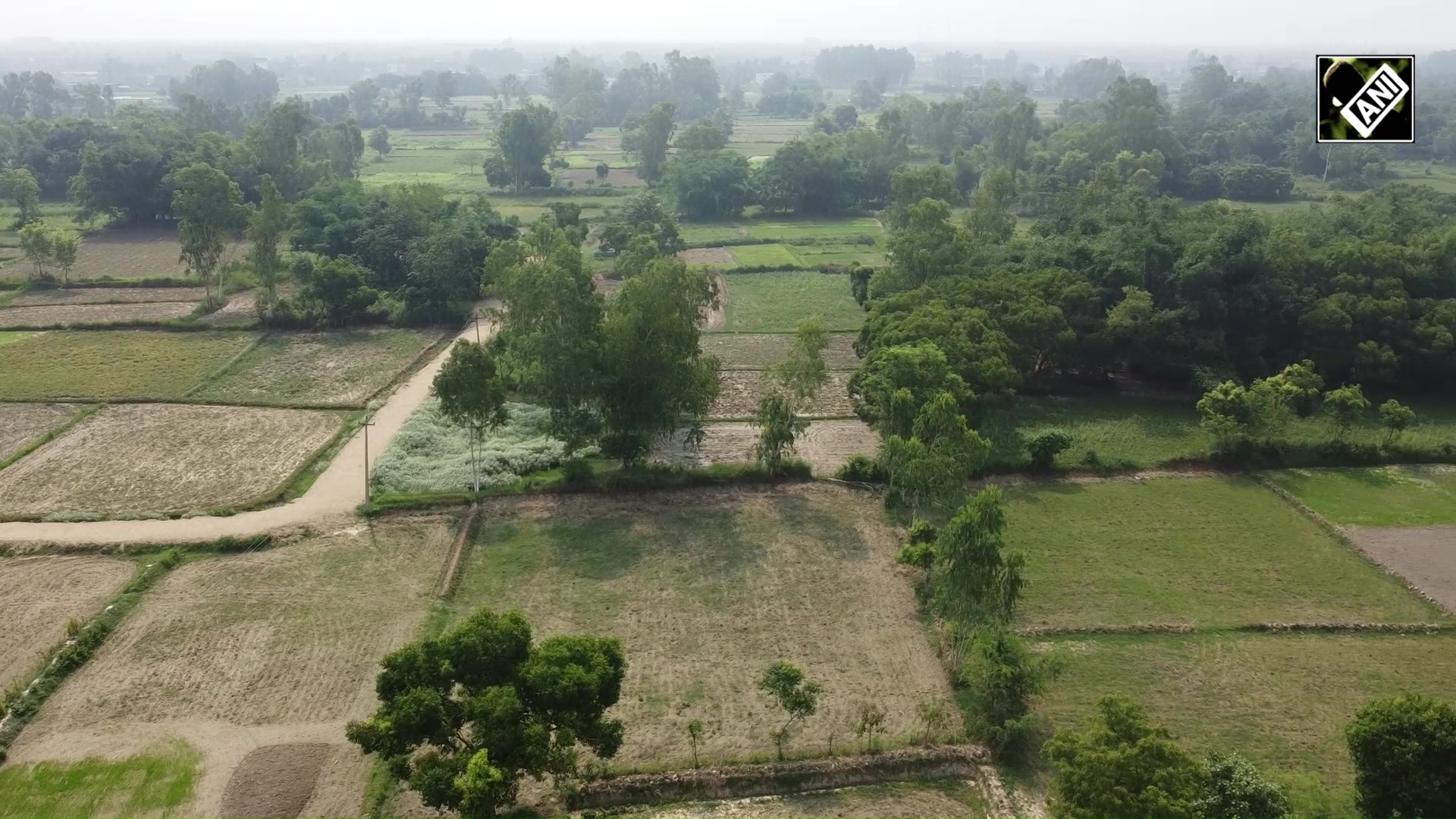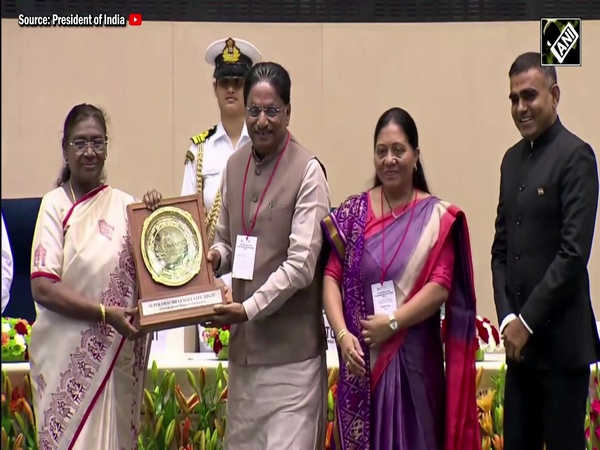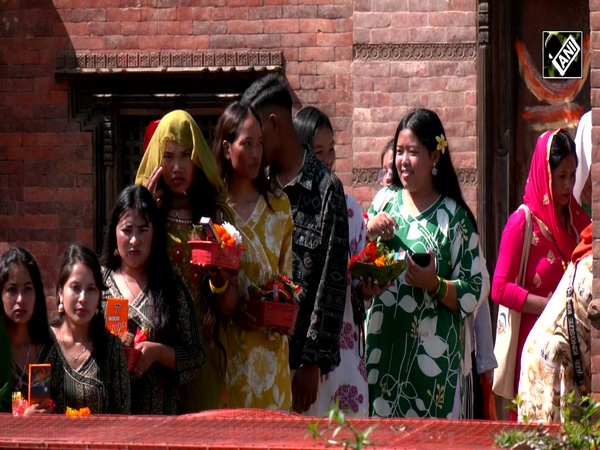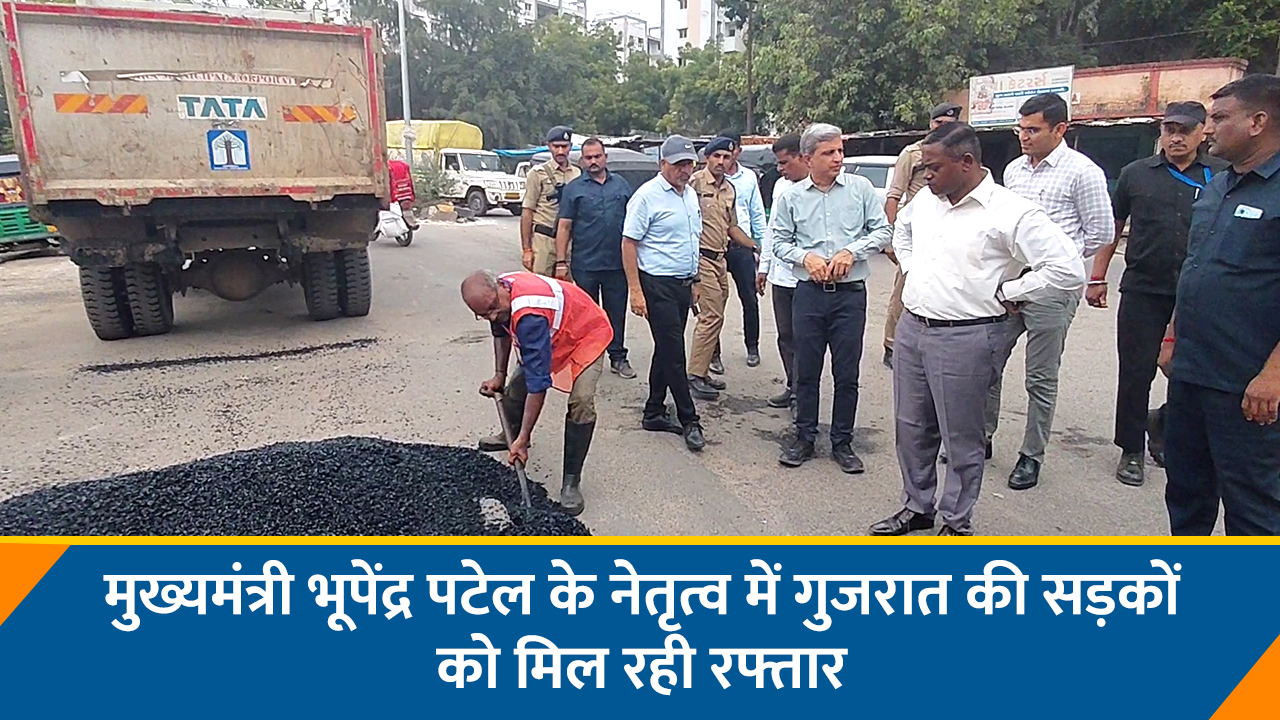Traces of Chalcolithic-Bronze, Iron and Urban Culture found during excavation in Odisha
Jul 03, 2021

Balasore (Odisha) [India], July 3 : Odishan Institute of Maritime and South-East Asian Studies (OIMSEAS), in their recent archaeological survey, found traces of fortified early historic sites and artefacts near the Balasore district of Odisha.
On finding the traces of cultural evolution in Durgadevi and Ranasahi from 2000 B.C. to 100 B.C. representing 2000 years, the OIMSEAS sought permissions from the Archaeological Survey of India (ASI) for excavation.
Durgadevi, located 20 km from Balasore has been named after its presiding deity of the locality
"The site had a circular mud fortification of about 4.9 km in circumference, and in between the river Sona on the south and the Burahabalang on its north-eastern margin. Two small nullas Gangahara and Prassana join the site on its north and south forming a natural moat of the site which was an ancient water management system developed at least 4000 years back from the present," read a release by the Information and Public Relations Department of the Odisha government.
It further informed that the excavation began with an aim to correlate the simultaneous growth and development of Maritime activities, and Urbanisations in East Coast of India linking Ganga valley in North and Mahanadi Valley in Central Odisha, particularly focusing upon the early cultural development in northern Odisha.
"The horizontal excavation was concentred on an area of two acres of high land where a cultural deposit of about 4 to 5 meters is seen. In the first phase of work, the scientific archaeological digging carried out in the selected trenches and gone up to 2.6 meters. Three cultural phases i.e. Chalcolithic (2000 to 1000 B.C.), Iron Age (1000 to 400 B.C.), and Early Historic Period (400 to 200 B.C.) are marked within the time frame of c. 2000 B.C. to c.200 BC (4000 to 2000 years from present)," the release said.
OIMSEAS's major discoveries of the Chalcolithic period (2000 to 1000 B.C.) of Durgadevi were the base of Circular Hut, Black on Red Painted pottery, Black Slipped Ware, Red Slipped Ware, and Copper objects.
"The floor of the circular hut was rammed with red soil mixed with Genguti. From the base of the circular hut and utilitarian objects, the lifestyle of the people is derived and the people are mostly leading settled life and started agriculture, domestication of animals, and fishing," the release said.
Further, cultural material evidence and remains from the Iron Age Period (1000 to 400 B.C.) included pottery remains of Black Burnished ware, Black and Red Ware, Red Polished fine Black Ware with slip and Chocolate Ware, terracotta sling balls, hopscotch along with iron objects like nails, arrowhead, crucible and slag of various kinds.
"The lifestyle of this phase is marked little improved and depended on agriculture and production of various other crops and led settled life. The use of iron is a landmark phase in the growth of civilization in Odisha particularly in North Odisha," the release said.
There are several Iron Age sites discovered by various archaeologists in the upper and middle Mahanadi valley but Durgadevi is the first site in North Odisha.
The OIMSEAS also found cultural material from the Early Historic Period (400 to 100 B.C.), represented by pottery specimens of Red Ware, Red Polished Ware, Black Slipped Ware, Course Grey Ware, Fine, and Super Fine Grey Ware, Terracotta Ear Studs, Bangles, Beads, Hopscotch stopper, Gamesman, terracotta Wheels, and some conical objects.
Sharing details of the period, the authorities said, "The lifestyle of the people derived from the cultural materials are very improved from an agricultural base to trade and construction of Fortification around the site with a moat which signifies the emergence of Urbanisation at Durgadevi around 400 to 200 BCE."
The OIMSEAS found three phases of Cultural deposits in the first phase of excavations, indicating about 2000 years of the glorious history of the district. They are hopeful that further excavation will not only bring new light on the development of society and culture of Balasore district but also the East Coast of India.




